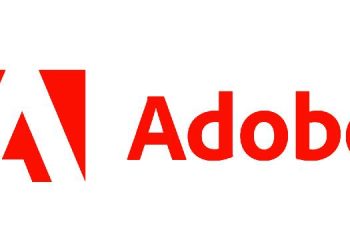The average person will spend 100 minutes each day watching online video in 2021, up from 84 minutes this year, according to Zenith’s Online Video Forecasts 2019* report, published today. That’s the equivalent of watching 25 continuous days of video in 2021.
The amount of time people spend viewing online video has grown rapidly across the world, at an average rate of 32% a year between 2013 and 2018, boosted by improvements in display sizes and quality of mobile devices, faster mobile data connections, and the spread of connected TV sets.
China and Sweden have the keenest online video viewers, with the average person in each country expected to spend 103 minutes a day watching online video this year. These are the only countries where online video viewing exceeds 100 minutes a day, but by 2021, Zenith expects Canada, India, Mexico, the UK and the USA to join the list.
“The consumption of online video is growing rapidly, and the average person will spend half as much time viewing online video as they spend viewing conventional television this year,” said Jonathan Barnard, Head of Forecasting at Zenith. “This fast-expanding supply of audiences is fuelling rapid growth in demand from advertisers, making online video the fastest-growing digital channel by advertising expenditure.”
Online video adspend will be worth a third of the TV ad market in 2021
Zenith forecasts that advertising expenditure on online video will rise from US$45bn this year to US$61bn by 2021, at an average rate of 18% a year, compared to 10% a year for internet advertising as a whole. Meanwhile television adspend will shrink from US$183bn to US$180bn over the same period, as ratings continue to drop in key markets. Online video will therefore rise to the equivalent of a third of the entire TV market in 2021, up from a quarter this year.

“Online video has boosted the amount of time that consumers spend watching audio visual content and is amplifying advertisers’ ability to reach consumers with high-impact brand-building ads,” said Matt James, Global Brand President at Zenith. “The growth in serving ads to consumers via connected television sets will be a huge contributor to the growth of this format in the coming years, and it will help to bring attribution back to TV advertising.”
From in-stream to out-stream video, and beyond
Video inventory is in high demand, and to meet the need, publishers have supplemented video ads that appear before, during or after video content with in-stream ads – video ads that pop up beside other content, such as text, images or social media posts – and out-stream or ‘in-read’ ads. Out-stream ads are now common and, in some markets, comprise the majority of video advertising: in the UK, 57% of video adspend went to out-stream advertising in 2018. The balance may soon start to shift back towards in-stream advertising, though, as social platforms invest in their mobile TV products, such as Snapchat’s Shows.
Brands need to make clear distinctions between the way they use in-stream and out-stream ads. In-stream ads reach consumers who are actively seeking to view video, and are leaning forward to pay attention to it. The quality of the video in which an ad is embedded plays a big role in determining how the viewer engages with and responds to the ad. Brands therefore need to ensure that their in-stream ads appear in content that supports their values.
Out-stream ads reach consumers who are primarily interested in the content that the ads sit alongside, and who can quickly and easily scroll past them. These ads are commonly viewed with the sound off. Out-stream ads need to grab and hold attention with speed and interesting content that can be understood quickly and easily and, most crucially, add value through relevance – both for the audience and the business objective. Out-stream ads are difficult to evaluate using traditional viewability metrics, against which most will perform poorly; instead they should be judged on business metrics such as incremental brand or sales impact.
Looking beyond in-stream and out-stream, social platforms like Facebook and Snapchat are making Augmented Reality (AR) accessible to both consumers and brands through their AR video ads.
“From allowing consumers to ‘try on’ clothes and accessories to providing immersive filters for games and movies, AR video has the power to collapse the consumer journey and put products in the hands of consumers in a swipe or tap,” said James. “Brands should reap the early-mover advantage, and use AR to bridge the gap between in-store and online shopping environments.”
* This is the fifth edition of Zenith’s annual Online Video Forecasts report. It contains historical data and forecasts of online video consumption and advertising.

















